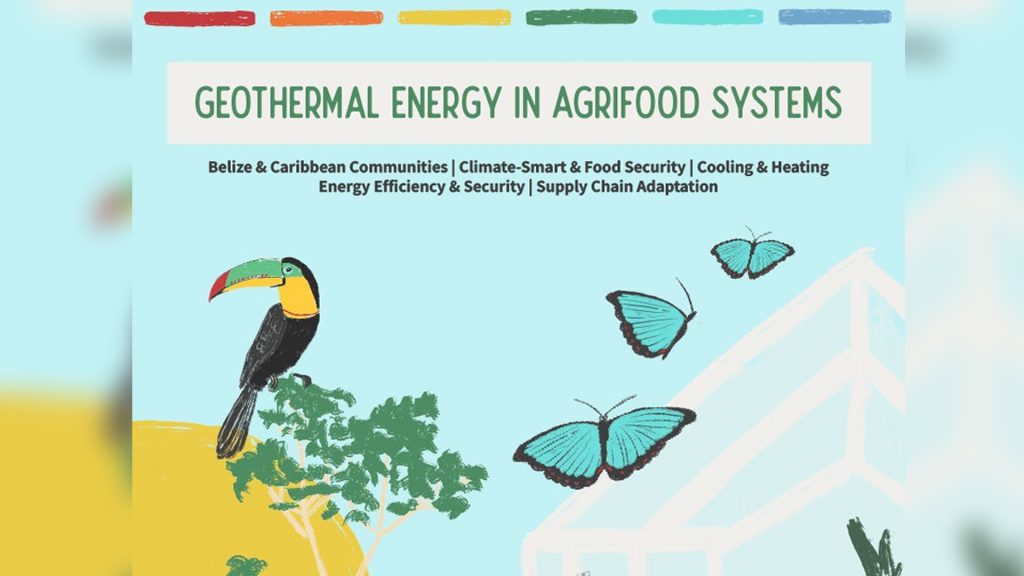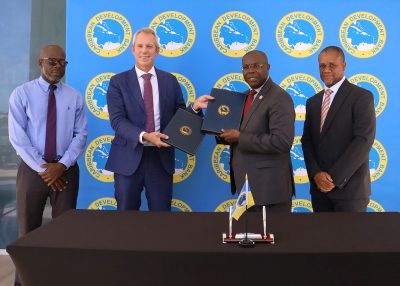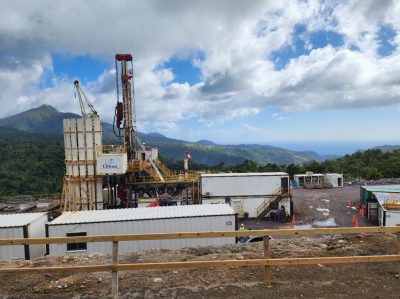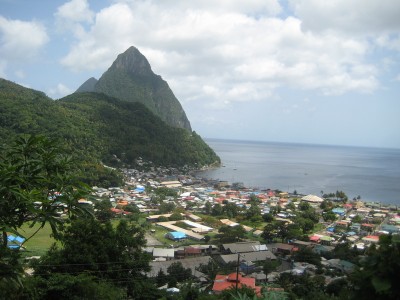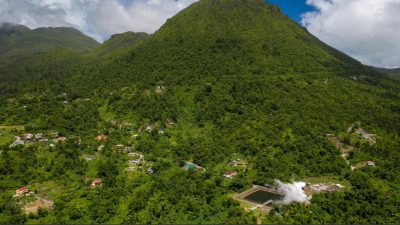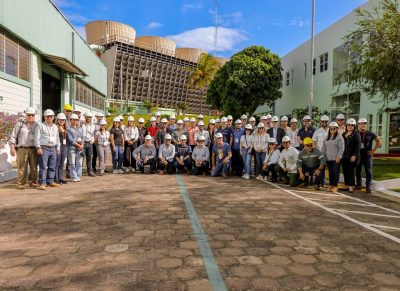Report explores geothermal application in the agrifood sector of Belize
A newly published report by QUB recaps ongoing work to identify opportunities for geothermal utilization and technologies in the agrifood sector of Belize.
A report published by the Queen’s University Belfast (QUB) provides a detailed account of the challenges of the agrifood sector in Belize, and the opportunities for geothermal energy to address such challenges. With the sector burdened by the effects of climate change, geothermal can offer a reliable, sustainable, and affordable energy source. However, further benchmarking and R&D will still be needed.
The report also serves as a recap of Geothermal Week Belize, an event organized by QUB with the University of Belize and the Caribbean Agricultural Research and Development Institute (CARDI).
The full report can be accessed via this link.
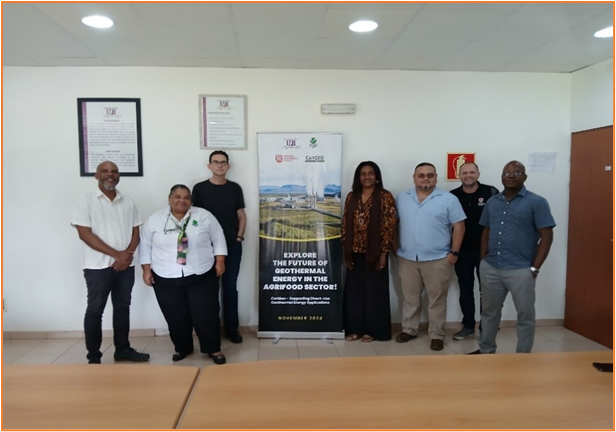
The study seeks to answer four questions:
- What issues are faced by agrifood communities in Belize?
- How might geothermal resources and technologies benefit the agrifood system in Belize?
- How might agrifood businesses adapt to climate variability, become more energy-efficient, and sustainable?
- How might R&D projects be realized ‘on the ground’ in Belize so that the agrifood communities can see and understand geothermal energy working?
A baseline assessment indicated that the geothermal technologies has had a negligible effect so far on the agrifood sector in Belize. There is, however, a need for more measures the reduce the energy costs in production and processing in the agrifood sector. Moreover, geothermal can maximize efficiency, reduce crop costs, and provide optimal growing conditions year-round, thus increasing crop yield.
During the week, participants of the event visited several agrifood facilities in Belize. These included a tilapia farm, a company that manufactures various products from chili peppers, the agriculture campus of the University of Belize, and the research facilities of CARDI. These visits provided insights on ‘on the ground’ realities of the agrifood sector which will determine the direction of future work.
At the end of the week, the group discussed the next steps for this initiative:
- There will be a benchmarking of greenhouse cooling systems and technologies to determine which model suits best in the context of Belize. Discussions frequently returned to the need to cooling solutions and to ascertain technology costs to support geothermal in the development of greenhouses.
- There was a consensus to collaborate on a small R&D project that is aligned with the characteristics of the agrifood producers and processors, and their needs and wants. In the Belizean context, then, there was an much discussion on the perceived need for cooling geothermal solutions, in building a portfolio of more reliable and local energy sources from local sources.
RELATED: QUB publishes “Pivoting the Geoenergy Nexus” report
Source: Queen’s University Belfast
